Identify gold ore deposits by the locations

Affected by the formation process and environment, there are many types of gold ore deposits. The common ones are as follows: epithermal deposits, orogenic belt deposits, Carlin deposits, porphyry deposits, iron oxide deposits, black rock series deposits, and sandstone deposits.
Epithermal gold deposits
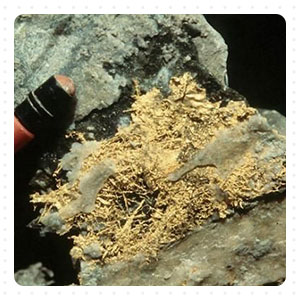
Epithermal deposits contribute 8% of the world's gold and are mostly produced in volcanic rocks.
At present, people have the consensus that the epithermal deposit forms in the shallow part of the crust (mostly <1.5 km).
The mineralization temperature is generally between 150°C and 350°C.
Orogenic gold deposits

The ore-forming fluid of orogenic gold has characteristics with low salinity (6%-12%) and rich in carbon dioxide (10% - 50%). Orogenic gold is produced by orogeny.
Orogeny refers that crustal thickening or sinking causes strong heat flow and eventually inducing large-scale fluid mineralization.
There are three types of orogenic gold deposits: epizonal (<6 km), mesozonal (6-12 km) and hypozonal (>12 km) classes. Orogenic gold deposits dominantly form in metamorphic rocks in the mid-to shallow crust (5–15 km depth), at or above the brittle-ductile transition. That compressional settings help to facilitate the transfer of hot gold-bearing fluids from deeper levels.
Carlin–type gold deposits
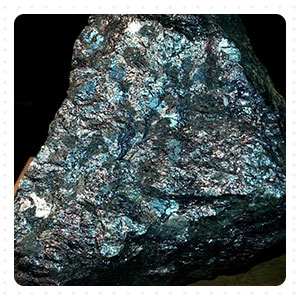
Carlin-type gold deposits are mainly formed in rift zones and back-arc basins.
In Carlin-type deposits, gold usually appears where fault meets polyamide active strata, and is located below the impermeable caprock, showing a central high-grade zone of carbonate dissolution and argillic alteration with micron-sized disseminated pyrite.
Three properties help to identify Carlin-type gold deposits:
- 1Forms in epicratonic sedimentary strata with or without growth faults.
- 2No Mesozoic and Cenozoic intrusive rocks in the deposit vicinity.
- 3Presence of stratabound mineralization in the form of conformable tabular, lenticular, and ribbon-shaped bodies associated with feeder channels.
Porphyry copper-gold deposit

Porphyry copper-gold deposits are generally low-grade and formed by the precipitation of copper and gold (plus molybdenum) in fluids derived from magma.
These deposits occur at shallow crust levels (<5 km depth) and are accompanied by large magma reservoirs placed at depths of 10-15 km.
Iron oxide copper gold deposit
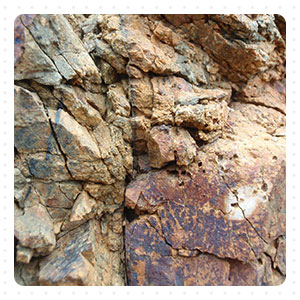
Iron oxide copper-gold (IOCG) deposits are a diverse family of mineral deposits characterized by the following features:
The iron oxide copper-gold deposits ( IOCG ) are accompanied by porphyries because they loosely combine with large felsic intrusions.
Most IOCG sediments have extensive connections with rocky granites, occur in the crustal environment, and have extensive and universal alkali reactions.
The iron oxide copper-gold deposit ( IOCG) mainly contains magnetites, hematite, gold ore, and copper ore. It also has many minor elements such as rare earth, fluorine, phosphorus, molybdenum, silver, barium, and cobalt, nickel, and arsenic, etc.
In global, IOCG ore body contains approximately 10 million tons to 4 billion tons of minerals or more, in which the copper grade ranges from 0.2% to 5%, and the gold content ranges from 0.1 to 3+ grams per ton.
Sandstone-type gold deposit

Sandstone is a sedimentary rock formed in rivers, oceans, and even deserts.
Gold is often found in quartzite and may appear as small stones in large cracks in riverbeds or mountain slopes. Quartz is easy to find because of its white appearance.
Impact sand is produced because of the erosion of gold and other materials and usually gathers in an area. The water and other forces push the sand into creeks, riverbeds, and other depressions. In the process of water shock, the gold appears at the bottom of deposits because it is heavier than most other naturally occurring substances.
Identify gold ore by physical properties
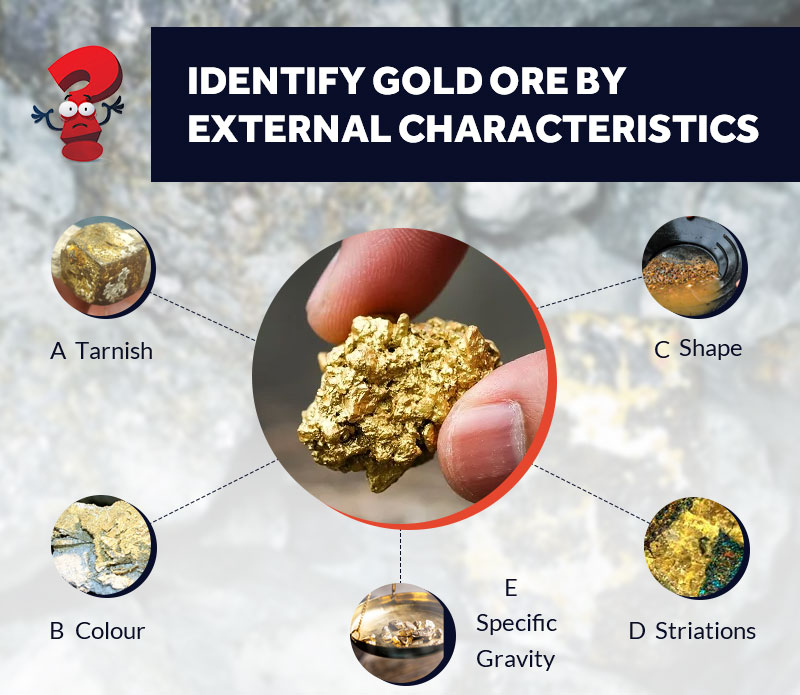
(A)Tarnish: Gold nuggets or small pieces of gold are usually bright and free of stains. If you find some rust on the surface of the ore, it is likely to be pyrite.
(B)Color: Most native gold is alloyed with silver, and if the silver content is high enough, the ore will have a whitish-yellow color.
(C)Shape: Most gold particles found in streams have slightly rounded edges.
(D)Striations: Real gold ore has no streaks.
(E)Specific Gravity: The specific gravity of gold is about 19.3. All gold found in nature forms alloys with other metals.
Detect gold ore by simple means
The gold scatterers in or out of the ore in small particles or strips. Identification is usually the following methods:

Burn with fire. After being burned, the gold ore will still be yellow.
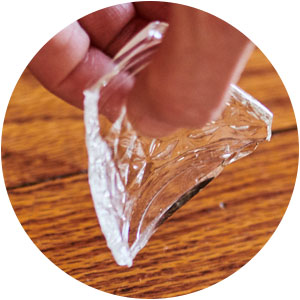
The gold ore is easy to produce yellow marks when you use a sharp stone or glass scratch on the surface.
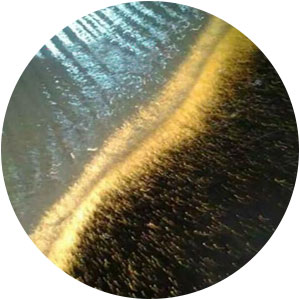
Crush the ore to the size of sand and wash the sand. If you see the heavy metal in bright yellow, it is the gold ore.
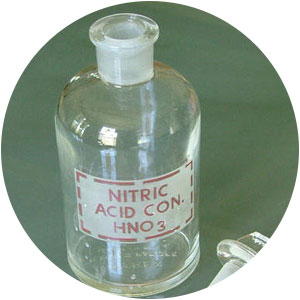
Drop the concentrated nitric acid or vinegar to the ore. If there is no reaction, it will be gold ore. Alkaline metals will react with acid to produce green-colored stuff. Silver ore meets acid will produce nitric acid in milk colored.
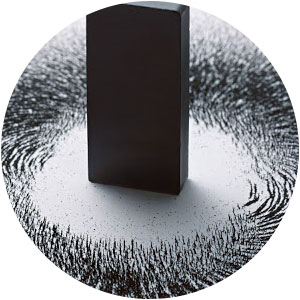
Use a permanent magnet to adsorb gold ore. If there is no gravity, it is gold ore, or it may be pyrite.
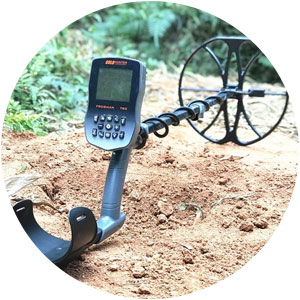
Use a gold metal detector. A metal detector can detect gold as small as a half-grain in diameter and at a depth of one foot.
Hire an assayer
In addition to the above methods, you can also hire an assayer to bring your mineral samples to the laboratory. Analysts can analyze the full metallurgical content of the rock and get more precise and detailed results.
Mistakes you may encounter when identifying gold ores
Fool's gold vs gold
The so-called "Fool's gold" is a nickname for pyrite. Pyrite is worth nothing but has an appearance of gold. People with less experience always make mistakes when they see the pyrite for the first time, so the means to distinguish them is necessary.

Most pyrite found in nature will have at least some tarnish on their surface, while the gold is usually bright and untarnished. Pyrite has fine parallel lines on the surface but gold ore has no striations at all.
When immersed in dilute sulfuric acid, zinc can react with dilute sulfuric acid to produce hydrogen gas. If there are bubbles on the surface of the ore, it is "Fool's gold", otherwise, it is gold.
Chalcopyrite ore VS gold
Chalcopyrite (a type of copper-iron sulfide) has properties very similar to pyrite. Its hardness (3.5 to 4) and specific gravity (4.1 to 4.3) are lower than those of pyrite, in addition, chalcopyrite also has green-black stripes while gold mines do not.

Burning is the best way to identify whether it is gold. Copper can react with oxygen to produce the copper oxide, and the surface that turns black is chalcopyrite. If the ore has no change when burning, it is gold.
Biotite ore VS gold
Biotite ore can also deceive people into thinking that they are gold ore. If you have no experience, you will regard thin flakes of biotite with golden luster as gold. However, a little bit of pressure of a tack will destroy the biotite ore but only can concave and deform the surface of gold.

Glod ore identifying is the first and the most crucial process during the whole project. Only when you succeed in finding gold ore deposits can the following steps be carried out. Those steps mainly include gold ore mining and crushing, gold ore beneficiation and extraction, and tailings treatment.

